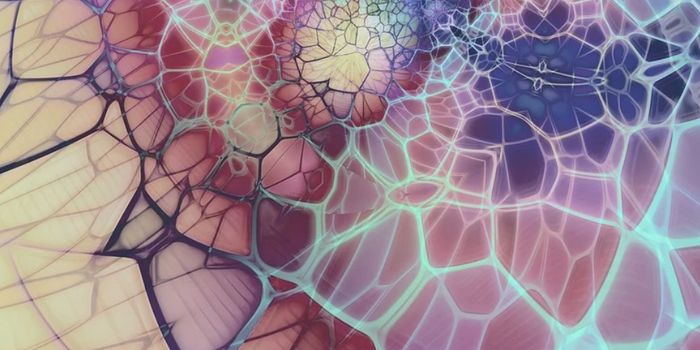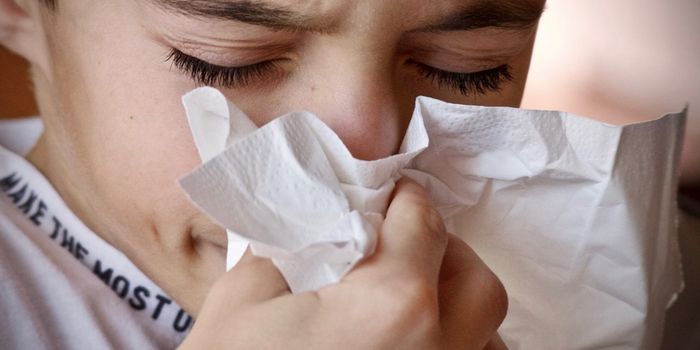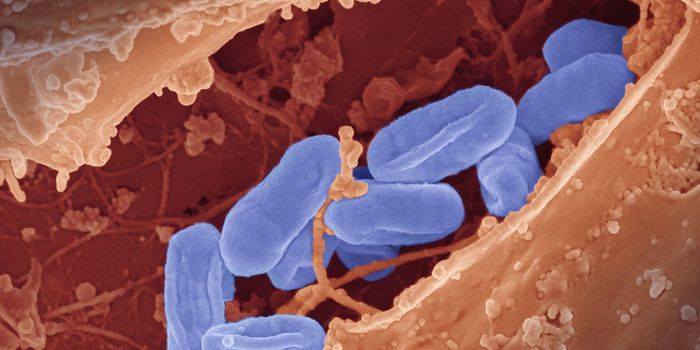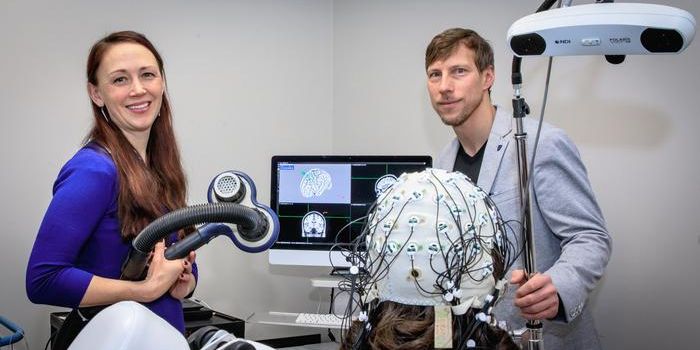Researchers Create the First Synthetic Mouse Embryo
Scientists have been able to create stem cells that can mimic the early stages of mouse development. The researchers used only reprogrammed stem cells, not a fertilized egg, to create a synthetic embryo. They allowed it to grow through eight days of development. This work is not yet possible with human embryos because of a much higher degree of complexity, but it could allow scientists to study development without using research animals. It may also enable new techniques in developmental biology that were once not feasible and unethical because of the number of animals they would require. The research, which has been reported in Cell, may also offer new insights into the creation of synthetic tissues and organs.
A synthetic mouse embryo can be seen in this video, on the eighth day of its development. Mouse development normally takes about 20 days, making it vastly more rapid than human development. This synthetic embryo is almost halfway through the process, and carries a yolk sac, placenta, and a beating heart with emerging blood circulation.
Researchers have been able to reprogram adult cells to become pluripotent stem cells since Dr. Shinya Yamanaka's work, which won a Nobel Prize in 2012. https://www.nobelprize.org/prizes/medicine/2012/yamanaka/facts/ But coaxing stem cells to develop into special types of cells, then form whole organs, has been more challenging, noted study leader Professor Jacob Hanna of the Weizmann Institute. “Until now, in most studies, the specialized cells were often either hard to produce or aberrant, and they tended to form a mishmash instead of well-structured tissue suitable for transplantation. We managed to overcome these hurdles by unleashing the self-organization potential encoded in the stem cells.”
This team has spent years developing a method to control the growth of mouse embryos outside of the womb; they can be supplied with nutrients while bathed in solution in a beaker. Temperature, oxygen exchange, and pressure can be carefully controlled. The researchers could raise mouse embryos this way from day five to eleven. The video below shows the process.
In this study, stem cells were grouped, labelled, and treated in several different ways. Some were programmed to express master genetic regulators of the placenta, while others expressed regulators for the yolk sac. “We gave these two groups of cells a transient push to give rise to extraembryonic tissues that sustain the developing embryo,” Hanna explained.
Next, the groups of cells were mixed in the device. Most did not develop correctly, but a few, about 50 in 10,000 or around 0.5 percent, formed spheres that later elongated into a structure that resembled an embryo.
The researchers observed the formation of structures like the placenta and yolk sac because these cells had been labelled. The synthetic embryos continued to develop up to about eight and a half days. Many organ progenitors had formed by then, including a neural tube and digestive tract. The researchers noted that these synthetic embryos are about 95 percent identical to natural embryos in terms of gene expression, structures, and cell types.
All the stages of mouse embryonic development can be seen in the following video.
“Our next challenge is to understand how stem cells know what to do, how they self-assemble into organs and find their way to their assigned spots inside an embryo," added Hanna. "And because our system, unlike a womb, is transparent, it may prove useful for modeling birth and implantation defects of human embryos.”
As this research progresses, scientists, regulators, and society will also have to confront the ethical implications and questions surrounding this research, especially when it comes to higher order animals and human embryos.
Sources: Weizmann Institute of Science, Cell








